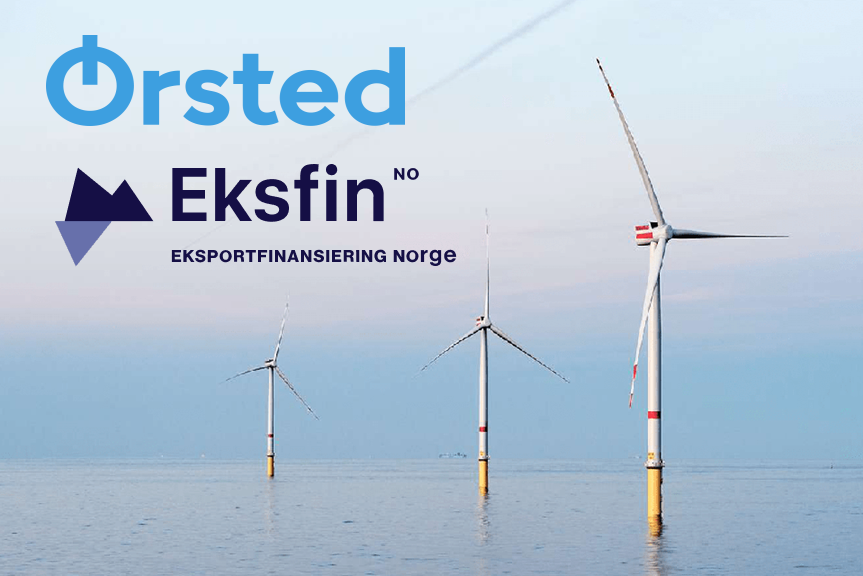Introduction
Clean energy is a crucial component of addressing climate change and transitioning to a sustainable future. However, the adoption and implementation of clean energy projects often require significant upfront investments. Clean energy financing plays a vital role in facilitating the deployment of renewable energy technologies by providing the necessary capital and financial mechanisms. In this article, we will delve into the concept of clean energy financing, its importance, and various financing options available for clean energy projects.
-jijw9.jpg)
1. The Need for Clean Energy Financing
Clean energy projects, such as solar, wind, hydro, and geothermal power, require substantial upfront investments for equipment installation, infrastructure development, and system integration. The high initial costs often act as a barrier to the widespread adoption of clean energy technologies. Clean energy financing addresses this need by providing access to capital and financial resources to overcome the financial hurdles associated with clean energy projects.
2. Types of Clean Energy Financing
There are several types of clean energy financing options available:
- Grants and Subsidies: Governments and organizations offer grants and subsidies to incentivize the development and deployment of clean energy projects. These financial aids help offset the initial costs and make clean energy technologies more affordable.
- Loans and Debt Financing: Clean energy projects can be funded through loans provided by banks and financial institutions. Debt financing allows project developers to secure capital and repay it over a specified period, often with interest.
- Power Purchase Agreements (PPAs): PPAs involve long-term contracts between project developers and energy buyers. The buyers commit to purchasing the clean energy generated by the project at a predetermined price, providing a stable revenue stream for the project and attracting investment.
- Tax Incentives: Governments may offer tax incentives, such as investment tax credits or accelerated depreciation, to encourage private investment in clean energy projects. These incentives reduce the overall project costs and improve the financial viability.
3. Government Programs and Incentives
Governments around the world play a crucial role in promoting clean energy financing through various programs and incentives. These may include:
- Feed-in Tariffs: Governments set a guaranteed price for renewable energy generation, ensuring a fixed revenue stream for project developers over a specific period.
- Renewable Portfolio Standards: Governments establish requirements for utilities to procure a certain percentage of their energy from renewable sources. This creates demand for clean energy projects and attracts financing.
- Green Banks: Some countries have established dedicated green banks or funds that provide financing specifically for clean energy projects. These institutions focus on reducing the financial risks associated with clean energy investments.
4. Private Sector Financing
The private sector also plays a significant role in clean energy financing. Private investors, venture capitalists, and impact investors are increasingly recognizing the potential of clean energy projects as profitable investments. They provide capital through equity investments or loans, supporting the development and expansion of renewable energy technologies.
5. Role of Banks and Financial Institutions
Banks and financial institutions are key players in clean energy financing. They offer a range of financial products and services tailored to clean energy projects. These include project financing, asset-backed loans, and specialized green banking initiatives. Banks leverage their expertise in risk assessment, project evaluation, and financial management to facilitate clean energy investments.
6. Impact Investing and Green Bonds
Impact investing refers to investments made with the intention of generating positive social and environmental impacts alongside financial returns. Clean energy projects align well with impact investing goals, attracting investment from individuals and institutions seeking to make a difference. Green bonds, a specific type of debt instrument, raise capital for projects with environmental benefits, including clean energy projects.
7. Challenges and Barriers
Despite the growth of clean energy financing, several challenges and barriers persist:
- Lack of Awareness: Many project developers and investors are not fully aware of the available financing options and mechanisms for clean energy projects.
- Financial Risks: Clean energy projects often involve higher risks due to factors like technology uncertainties, regulatory changes, and project performance. Mitigating these risks is crucial to attracting financing.
- Policy and Regulatory Environment: Stable and supportive policy frameworks are essential for long-term investments in clean energy. Inconsistent policies and regulatory uncertainties can discourage financing.
- Access to Capital: Small-scale and community-based clean energy projects often face difficulties in accessing capital, as traditional financing institutions may consider them riskier or less profitable.
Conclusion
Clean energy financing is a critical enabler for the development and deployment of renewable energy projects. It addresses the financial barriers associated with clean energy technologies, making them more accessible and affordable. Through various financing options, government incentives, private sector investments, and innovative mechanisms, clean energy financing paves the way for a sustainable and greener future.


